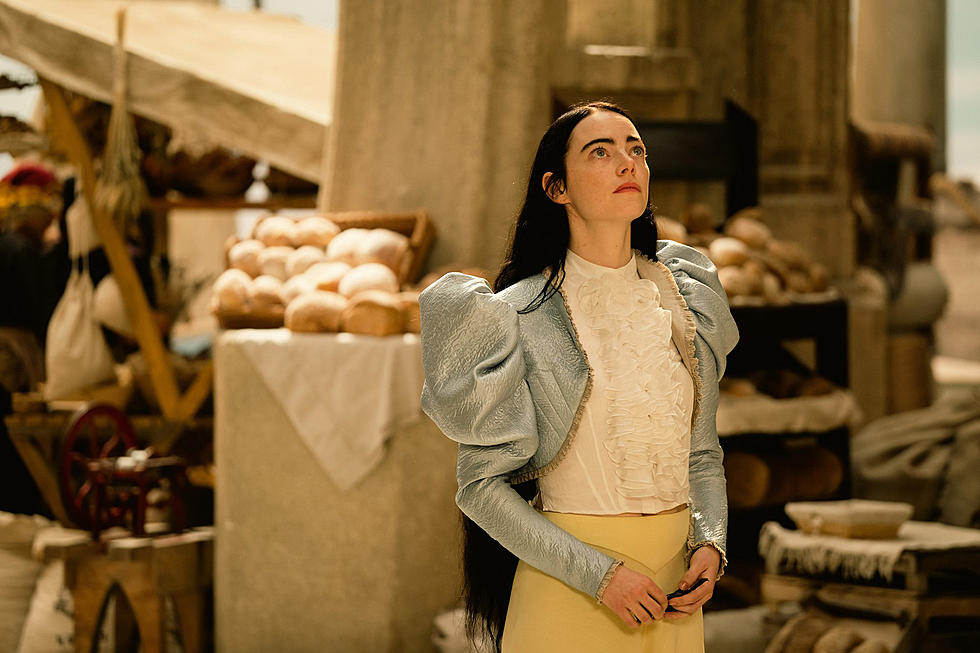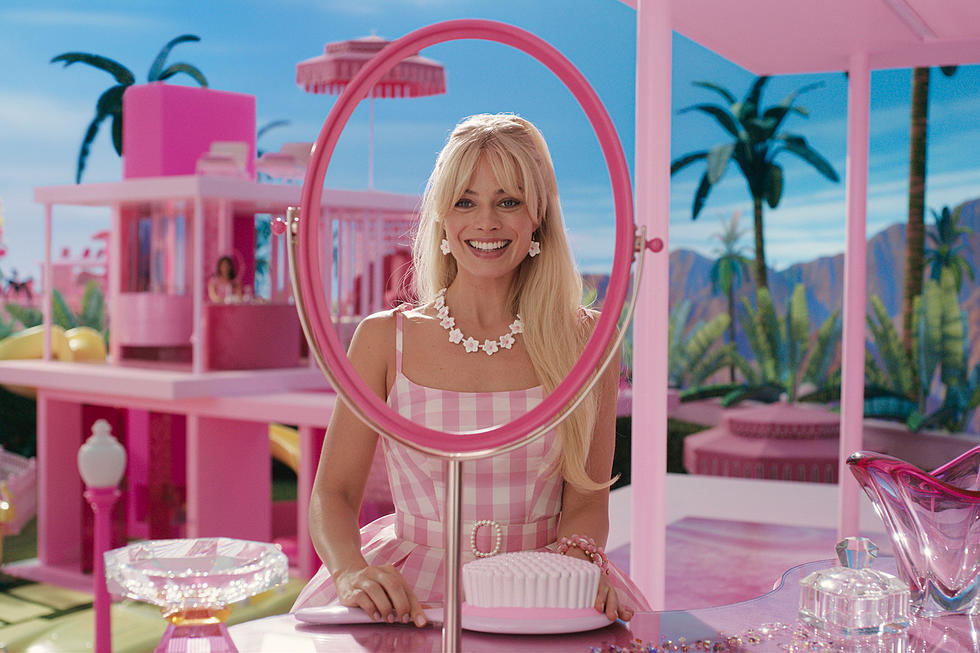
‘La La Land’ Review: The Old Hollywood Musical Gets New Life
It would be inaccurate to say there’s never been a film like La La Land — there have been movies like it many times before — but it’s been a while. Movie musicals these days are mostly lifeless exercises in prestige and Broadway adaptation, The original movie musical — with songs writing explicitly for the screen — is about as rare a species as the South China tiger.
So when Seb (Ryan Gosling), a struggling musician living in Los Angeles, says in La La Land that he loves jazz because “it’s conflict and compromise. It’s new every time — and it’s dying,” it’s clear he’s not just talking about jazz. Seb is also a conduit for La La Land writer/director Damien Chazelle to express his frustration with the state of movie musicals and, through Seb’s romance with an aspiring actress named Mia (Emma Stone), to do something about it. With infectious enthusiasm, charismatic leads, gorgeous songs, vibrant colors, and dazzling camerawork, La La Land restores the original movie musical to its former glory.
The fun begins immediately, even before the opening titles, with a boisterous number set in the middle of a L.A. freeway traffic jam. The camera pulls into the driver’s-side window of one car and the woman behind the wheel begins to sing, then gets out of her vehicle and starts ambling down the road. Soon the entire highway is singing and dancing. The whole sequence, like most of the musical numbers that follows, is recorded in a series of unbroken Steadicam shots so the audience can appreciate the performers’ movements and the lovely choreography by Mandy Moore.
The freeway song is absurd, impossible, and beautiful. This is Chazelle throwing down the gauntlet. La La Land isn’t a wishy-washy modern musical where the songs only happen in theatrical settings or in very clearly identified “imaginary” spaces because (allegedly) today’s moviegoers don’t like or understand when characters burst into song for no reason. Chazelle’s aesthetic is decidedly, defiantly retro, but he makes it work within the film’s modern setting.
The opening number, filmed in blazing sunshine, concludes with the hilarious title card “Winter,” and then La La Land proceeds to chronicle four seasons in the life of Seb and Mia. Without realizing it, they’re each stuck in that same opening traffic jam; later they meet at a jazz club where the grumpy owner (J.K. Simmons) demands Seb stick to a strict and uninspiring set list. When Seb deviates from the agreed-upon songs to express himself in a melancholic ballad, he loses his job — but catches Mia’s attention as she walks by the bar on her way home from a disastrous night out.
The year passes as their relationship develops. After their initial meeting, they reconnect in the spring at a pool party, where Mia embarrasses Seb to great comic effect. Then their relationship deepens in a lengthy duet overlooking Los Angeles at dusk. (Although L.A. is often depicted in Hollywood movies as a smoggy dump, Chazelle treats it like the most gorgeous city on the planet, with many scenes set overlooking idyllic expanses of Southern California real estate.) In the summer they pursue their ambitions, and reckon with the problems that occur when dreams butt up against the reality of daily life. Mia always wanted to be an actress but is growing frustrated with the endless cycle of disappointing auditions. Seb wants to keep jazz alive at a club of his own, but financial concerns having him considering a sellout gig as the keyboardist for a slick and soulless band fronted by his old friend Keith (John Legend).
Although La La Land is a very different movie from Chazelle’s last film, the intense drama Whiplash, they’re both about the same thing: Coming to terms with the sacrifices that artists make to be great, and weighing whether private frustrations are worth artistic triumphs. Otherwise, La La Land is much closer in tone and subject to his directorial debut, 2009’s little-seen Guy and Madeline on a Park Bench, a musical about a rocky relationship between a trumpet player and a waitress. The two films look very different — Guy and Madeline was shot on 16mm black-and-white film on a shoestring budget — but they both feature long takes, complicated romances, and exuberant musical numbers. La La Land looks like the movie Chazelle wanted to make but couldn’t afford when he directed Guy and Madeline; a sort of Guy and Madeline in an Old-Fashioned Hollywood Musical.
For that task, he couldn’t have chosen two better leads. Gosling is one of the few modern actors who exudes a timeless energy and style. He looks far more comfortable in a rumpled suit than in a T-shirt and jeans; it’s very easy to imagine him anchoring one of the Golden Age musicals that inspired La La Land. Stone can move effortlessly from comedy to tragedy, and her vibrant red hair looks like it was engineered in a Technicolor processing lab. Together, they have incredible chemistry onscreen — both comedic and romantic. Neither is a great dancer or singer, but they’re both good, which is exactly right for a film about idealists. Seb and Mia aren’t Broadway bound. They’re just people who, when overwhelmed by sentiment or sadness, can’t help but burst into song.
Those songs by Justin Hurwitz are wonderful; sweet but not saccharine, with some insanely catchy melodies. (I dare you not to whistle “City of Stars” on your way out of the theater. Seriously, just try it. It’s impossible.) And like Whiplash, La La Land builds to a whopper of an ending; tough, honest, and provocative. It’s impossible to shake on the way out of the theater too.
Make no mistake: La La Land is deeply uncool. It’s earnest, open-hearted, and sincere. It doesn’t have a villain. It barely adheres to three-act structure. It doesn’t strike a cynical or ironic note in its 126 minutes. It’s hard to imagine a movie more out-of-step with the culture of contemporary America cinema. No wonder it feels so special.
During their courtship, Seb and Mia take in Rebel Without a Cause at an old L.A. theater, the Rialto. During their date, the film catches fire in the projector; when Mia drives past the Rialto a few scenes later, it’s permanently closed. In reality, the Rialto closed in 2007 but it was recently bought by a real estate developer who plans to restore the building as an entertainment venue that would also show repertory movies. Sometimes, beautiful old things come back to life. La La Land is the proof, and one of the best movies of the year.
More From ScreenCrush









